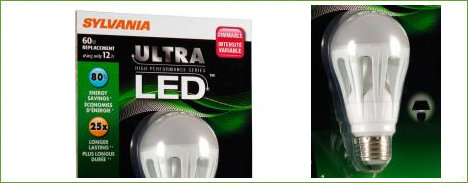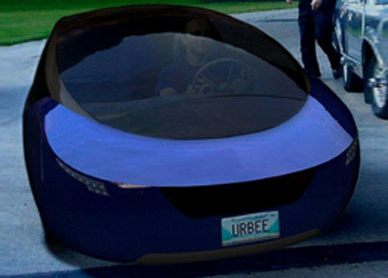Wednesday, December 1, 2010, 04:03 PM
Posted by Administrator
Posted by Administrator

LED lighting is becoming more common. I see it in the big box store that I frequent as well as hardware stores. However, there are a couple of things keeping me from changing all of my CFL's to LED.
Let's address the most obvious - cost. The new LED bulbs claim to last 25 times as long as a conventional bulb. The CFL's claim was 10 times as long as a conventional bulb. I already own the CFL's in my fixtures and they have years left to run. There is a second side to cost, the charge for the power the lamps consume and this is the catch. The problem with using watts of consumption to compare cost is this: The LED and CFL use nearly the same watts! The LED for a 60 watt equivalent uses 12 watts where the equivalent CFL uses 13 watts. 1 watt difference for the same amount of light.
What do you gain with the LED? You gain light quality, they produce light that is closer to natural light than the CFL's. However, we are comparing some pretty close numbers again.
My advise - If you already have CFL's, don't change them. Use them until they die and then replace with LED technology.
One more thing, not all LED lights are dimable. Just like CFL technology, you need to check the package if you want a dimable lamp. Both technologies rely on small circuit boards that ultimately control the lamps ability to dim.
Remember, the best way to save power is to turn off lights and other devices when they are not in use.
LED is definitely the next step, but we don't need to run out and change our existing CFL's.



 Calendar
Calendar




